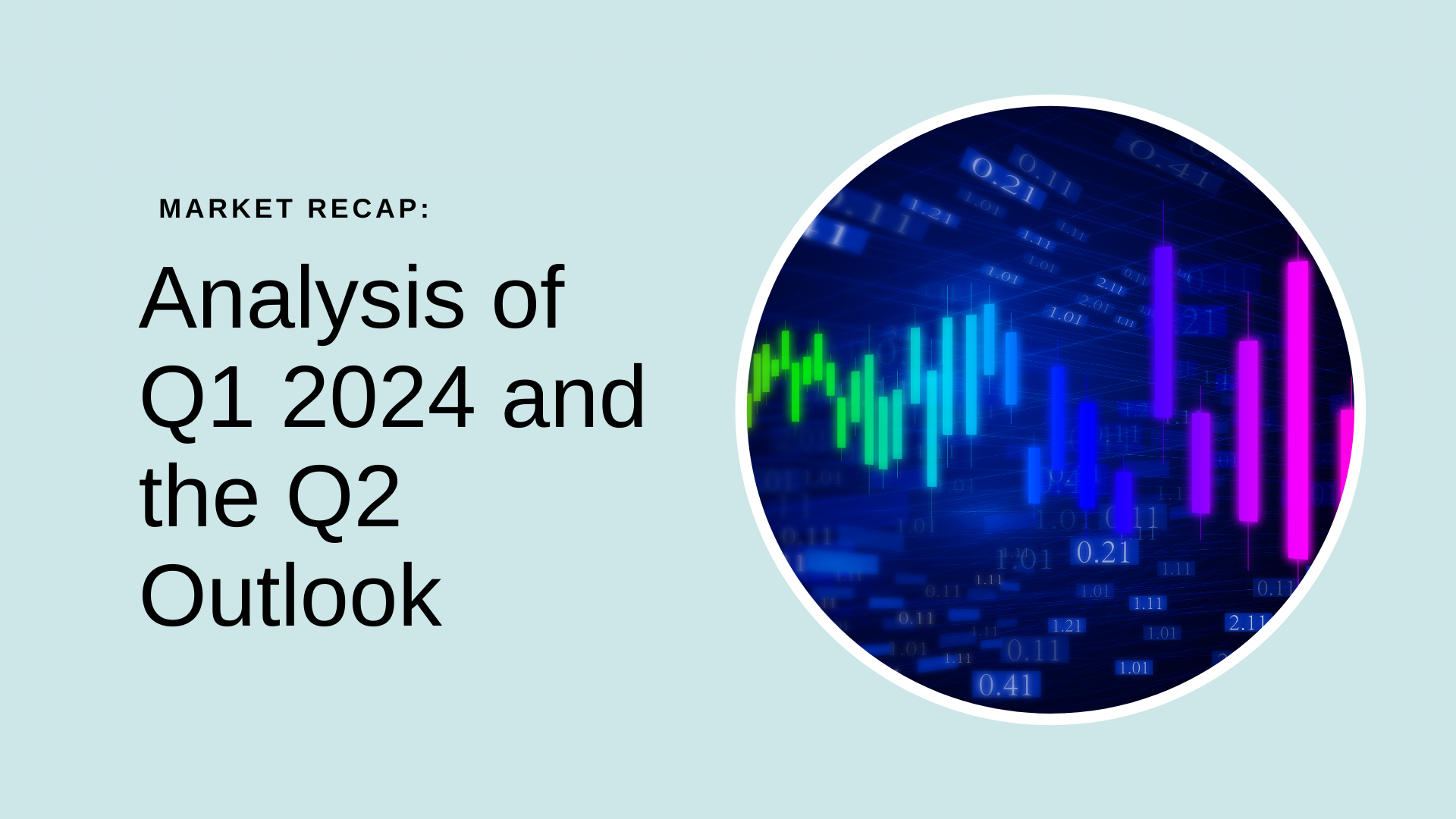Global economies, including the Eurozone and China, are contending with mounting economic challenges. The repercussions of these challenges are poised to reverberate swiftly across the US economy, carrying both positive and negative implications.
Current Scenario
Recent economic indicators paint a grim picture of the global economy. Germany, long considered Europe’s economic powerhouse, has slipped into recession, alongside Japan and the United Kingdom, two other major players on the world stage.
The challenge is two-fold: grappling with both economic slowdown and inflationary pressures. Despite efforts, Eurozone inflation remains stubbornly high at 2.8%, making it difficult to reach the desired target of around 2%. Similarly, the UK struggles to rein in inflation, with the Consumer Price Index (CPI) holding steady at 4.2% for the past three months, including housing costs.
Even more concerning are the troubling reports emerging from China, the world’s second-largest economy. China’s housing and credit market bubble has burst, leading to falling housing prices and mounting debt defaults among property developers. Investor confidence has plummeted due to the government’s handling of the Covid crisis, regulatory crackdowns in the tech sector, and opacity in economic data. These factors have contributed to China’s major stock market underperformance, hinting at a potential economic downturn reminiscent of Japan’s lost decade, with the looming threat of deflation affecting global demand and commodity prices.
Where US Stands
The US banking system is grappling with significant mark-to-market losses on its bond portfolio due to interest rate hikes by central banks. These developments heighten the vulnerability of the commercial property sector, raising concerns about a potential deflationary debt spiral that could exacerbate the risk of a recession in the US.
Moreover, the inversion of the US 10-year minus 2-year Treasury yield spread since July 2022, traditionally a harbinger of recession signals a potential slowdown ahead.
The US economy grew 3.2% in Q4 2023, a slight downgrade from an initial estimate of 3.3%. The inflation is also running at 3.1% higher than the Fed’s target of 2%
How it will Unfold
The global slowdown is expected to impact American firms operating overseas, as well as the demand for American goods and services worldwide. Consequently, this is likely to trigger a slowdown in the US economy as well.
The silver lining in these developments could be a decrease in inflation and international commodity prices. This could aid the Federal Reserve and the European Central Bank in meeting their inflation targets, potentially prompting them to initiate interest rate cuts sooner rather than later, providing crucial support to a faltering global economy and financial system. The Fed would certainly prefer to steer clear of a repeat of the 2008 scenario, where prolonged high-interest rates contributed to the collapse of the housing market.
The markets are anticipated to stay within a tight range, particularly in the US, as the economy continues to navigate uncertainties. The looming specter of the 2024 Presidential elections adds another layer of complexity, with potential shifts in fiscal and monetary policies threatening to unsettle the delicate economic equilibrium.
However, we believe that optimal portfolio diversification and higher stock-picking quality standards will weather any kind of uncertainty that we are likely to witness in 2024.
Try Alphanso to craft a tailored and optimized investment portfolio for you.






